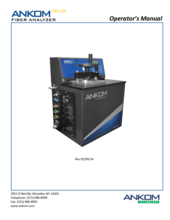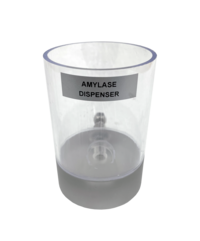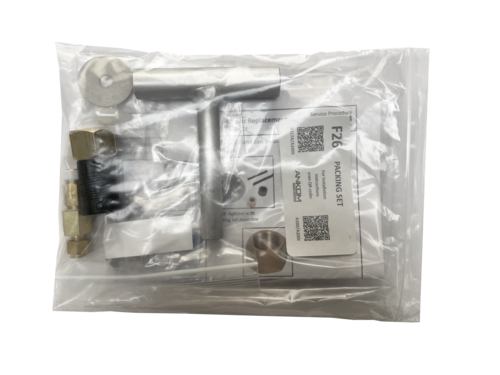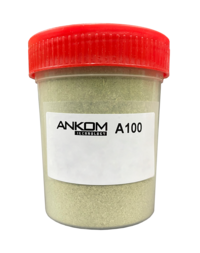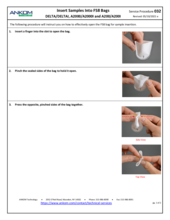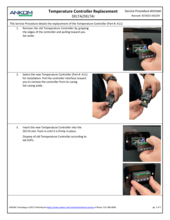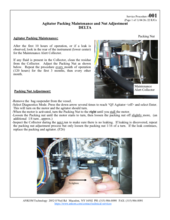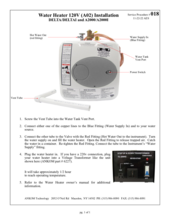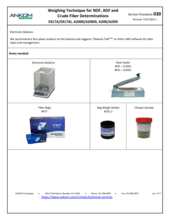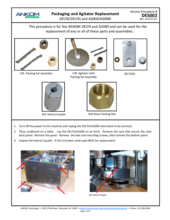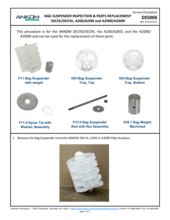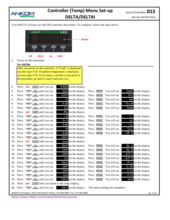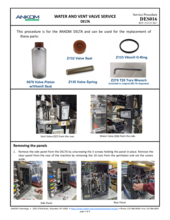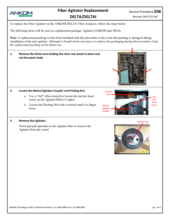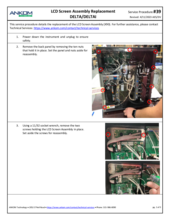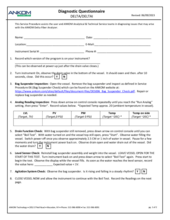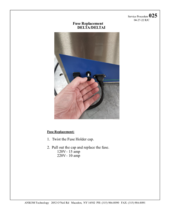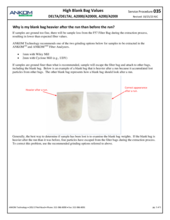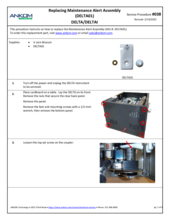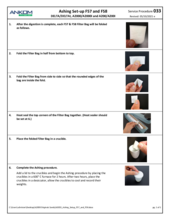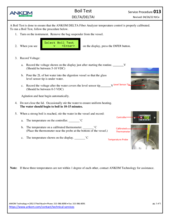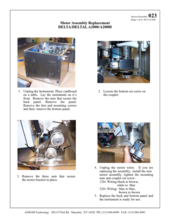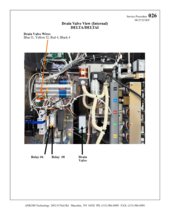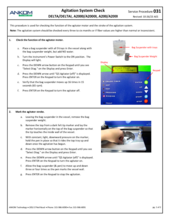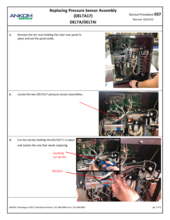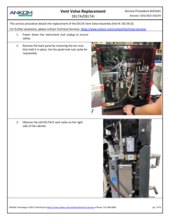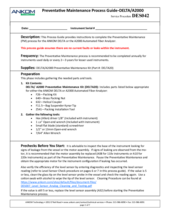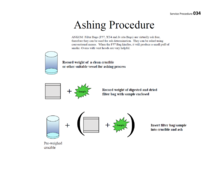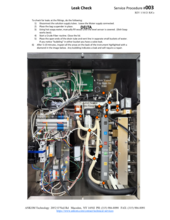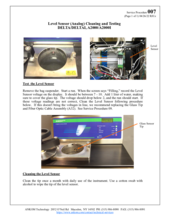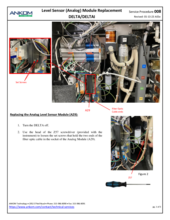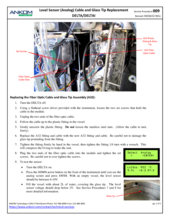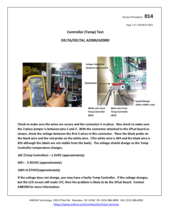DELTA Support
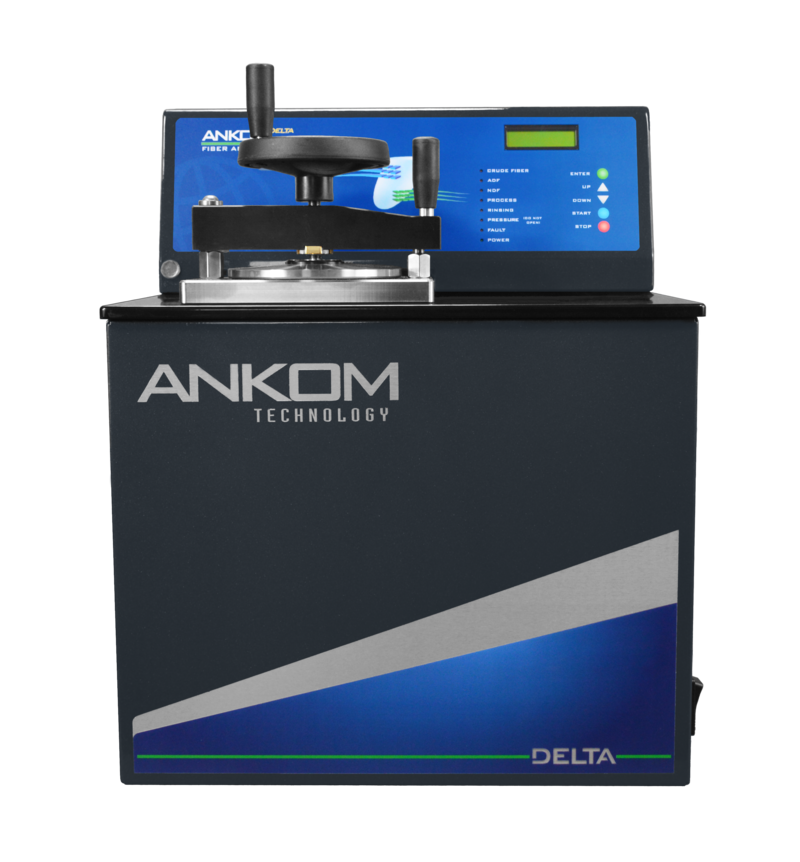
Top Five FAQs
Possible Causes:
(1) The level sensor has failed to detect the liquid that is in the vessel. If the vessel is full and this fault screen appears, press <STOP> to drain the fluid. You may want to capture the solution and re-use it. Refer to DELTA Service Procedure Analog Level Sensor (Black Model) (AS008). Or, see A2000 Service Procedure Level Sensor (SICK) Cleaning and Testing (AS010) for SICK brand level sensor (Blue) installation instructions.
(2) Water or solution supply is inadequate. Replace the cubitainers if they are empty. Check to see if the water supply is turned on.
(3) Water supply valve may not be functioning. With the bag suspender removed from the vessel, press <ENTER> to try again. Once liquid is observed flowing into the vessel, (replace the bag suspender if performing a rinse) and close the lid. If no liquid is flowing into the vessel, the fill valve or the water valve may not be functioning. Refer to A2000 Service Procedure Water and Vent Valve Service (AS016).
Possible Causes:
The rinse water supply temperature did not meet method standards. This may affect results with certain samples. Make sure the water supply has a temperature of no less than 50°C for Crude Fiber or no less than 70°C for ADF and NDF determinations. This message will be displayed at the end of an analysis so your results may be affected. A small water heater (Part #: A02) dedicated to the DELTA instrument will help. Contact ANKOM for assistance if needed
Possible Causes:
The solution temperature has exceeded the maximum limit. Perform the boil test detailed in the DELTA Service Procedure Boil Test (DES013).
A drain error usually occurs if the level sensor is sensing solution in the vessel after the drain has opened. If the vessel is empty, and the level sensor indicates "Full," then the level sensor must be fixed.
If the vessel is full of solution after the drain is open, the problem could be in the drain line. Ensure that the drain line is clear and not kinked.
If the vessel is empty, refer to the DELTA's main menu, use the arrow keys, and select the "Select Analog" screen. Record the four analog values. The Lvl value should be 6-10V. Next, fill the vessel with water. Again, record the four analog values. The Lvl value should be 0-3V.
If the readings are out of range, refer to DELTA Service Procedure Level Sensor Analog Cleaning and Testing (DES007). If this service procedure does not correct the problem the Level Sensor may need to be replaced.
The Blank Bag Correction allows for a weight adjustment based on actions that take place during solubilization. The resulting factor increases or decreases your sample bag weight. To determine the blank bag correction, include at least one empty, sealed, and weighed filter bag (blank bag) with your run.
After the samples and blank bag have been through the solubilization process and dried as required, calculate the blank factor as follows: divide the final weight of the blank bag by the initial weight. If the samples have been properly prepared, blank factor values should fall below 1. If blank factors are greater than 1.0, refer to DELTA/A2000/A200 Service Procedure High Blank Bag Values.
Troubleshooting? Let us help!
For the most efficient and quick way to determine what your instrument issue is, it is important to fill out the diagnostic questionnaire below and submit to our analytical service form. Our team will review and get back to you with help!
Parts & Consumables
Browse the DELTA Product Catalog for associated parts and support items
Preventative Maintenance Kit
Essential items needed to keep your instrument operating smoothly
Instrument Performance Test
Ensure proper function of the instrument and correct procedural technique
SDS Sheets
View available product documentation and safety information
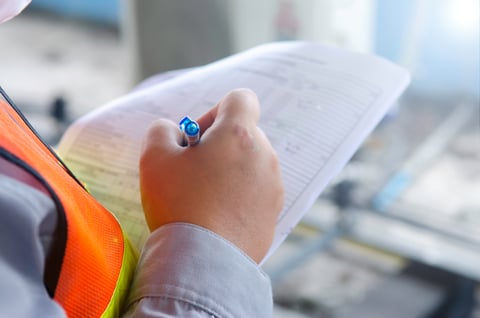
Service Procedures
How can we help?
Don’t see what you need on this page?
Search for a specific topic to search all resources.
